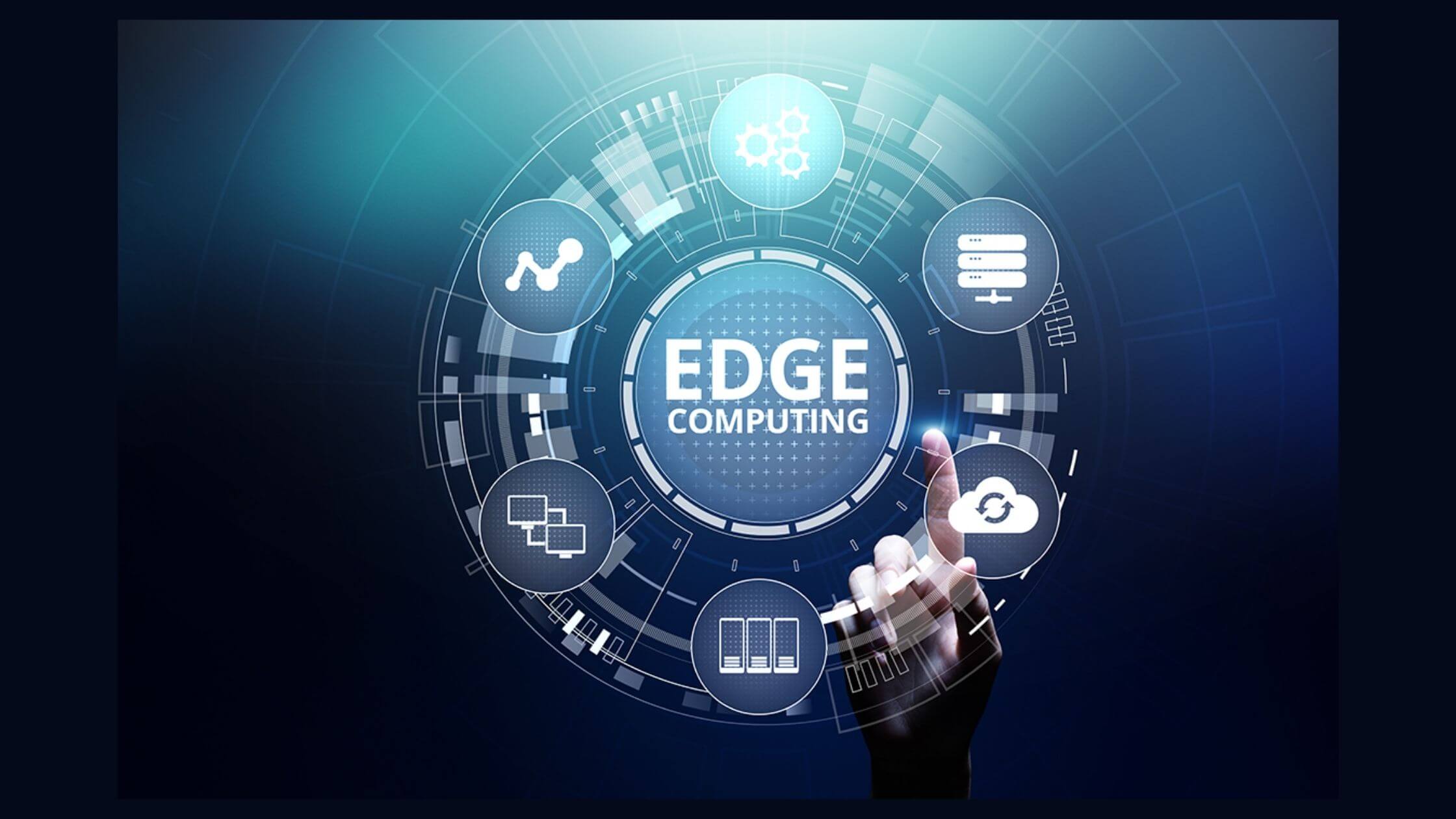What Is Edge Computing? Some Of It’s Significant Terms!
Edge Computing is a channel of distribution that brings the capabilities of the end-user to the end device. Two types of computing are usually used by people that are- Fog Computing and Edge Computing which have similar objectives and work for each other.
Significant Terms In Edge Computing
Contents
Some of the significant terms include Edge computing that are-
1) Telco Edge Computing
It distributes and is managed by telco operators that extend the network edge to the customer edge. Customers can also work on low bandwidth applications or process the data source to reduce packet packet-based traffic volumes and costs.
2) Edge Cloud
It works with business models and virtualized infrastructure with top-of-the-edge compute. It has the benefits of both on-premise servers and the cloud. Plus, has the flexibility and a capacity to handle immediate points in workloads from unplanned increases in end-user activities.
3) Network Edge
Network Edge is an enterprise-owned network. It is more like a wireless LAN or data center that connects it to the third-party networks through the internet.
4) Private Cloud
Private Cloud works as a cloud deployment model where its computing services provide a private network to the set of desirable users. It also offers the advantages like- agility and scalability. The main significant difference is that the private cloud gives data privacy and higher security by the way of internal hosting of cloud infrastructure.
5) On-Premise Edge Computing
It is mainly used for computing resources for customer premises which are managed by the network operators for good working functions and applications. These functions work properly ineffective environments. It also preserves sensitive data while still taking the benefits of the elasticity offered by the edge cloud.
There are many other important things related to Edge computing that needs to learn that includes: –
Where is the Edge and What is edge Cloud?
Firstly, Let’s talk about Edge Cloud and what is Edge Cloud.
- When we talk about Edge Cloud, it is like every single term that is used here is interconnected but like edge computing and edge, cloud refer to moderately different things.
- Edge computing has a primary meaning to the compute infrastructure and that is majorly located on the spectrum.
- Also, it supports various applications. Yet, edge cloud is the virtualized infrastructure and business models on top of computing.
- Plus, the Edge cloud is supple and expandable. It also helps to examine and locate new applications to the great solution for the enterprise.
- Along with this, the well-organized and the efficiency and expandability costs the benefits here.
- Telco edge has a good match to the applications that can scale up and down through mobile as well as shift across different telco edge locations.
Where is the Edge Located?
- There are several latent locations available for telco edge computing with its on and off the public network.
- It includes cell towers, customer premises, network aggregation, and street cabinets in the approach of the core network. And the important decision for where to place the computing infrastructure for a telco is depended on three factors
- Telco’s current network and architecture.
- After that, a virtualization roadmap is important which means that where you plan the data center facilities for the network application.
- Besides that, demand and its use cases telcos have to cater to.
- Mainly the edge length is anywhere between the end device and the cloud internet. Moreover, telco edge computing is a subdivision.
- All the cell towers are along with customer edge and cover a broad area than street cabinets.
- This would be compatible with low latency communication along with the autonomous vehicles that are- Authorized cars to have real-time retaliation based on present and is happening further up to the road.
There are some other important points which need to be discussed is: –
Consumer edge computing examples-
Gaming- Both dedicated multiplayer gaming is easy to understand and with this, the enhancing area of cloud gaming would benefit from the edge.
AR/VR experience- It can come up with rich experiences which utilize the augmented reality edge and will be censorious latency and improve the end-user experience.
Healthcare– Mainly inspect data from different devices at the edge to diminish the quantity of data communicated over the network and keep it away from overloading central servers with raw data.
Media/CDN- To enhance the video streaming by collecting media even relatable to the end-user.
Conclusion
All the above data and information is valid and ready to provide the actual knowledge of Edge Computing. It is a computing channel of distribution that brings the capabilities of the end-user to the end device. In the upcoming future, Edge computing will be used by several people and will be beneficial for improvising the quality of life.
Also Read: Is Mediafire A Safe Cloud Storage And File Hosting Device To Use!
